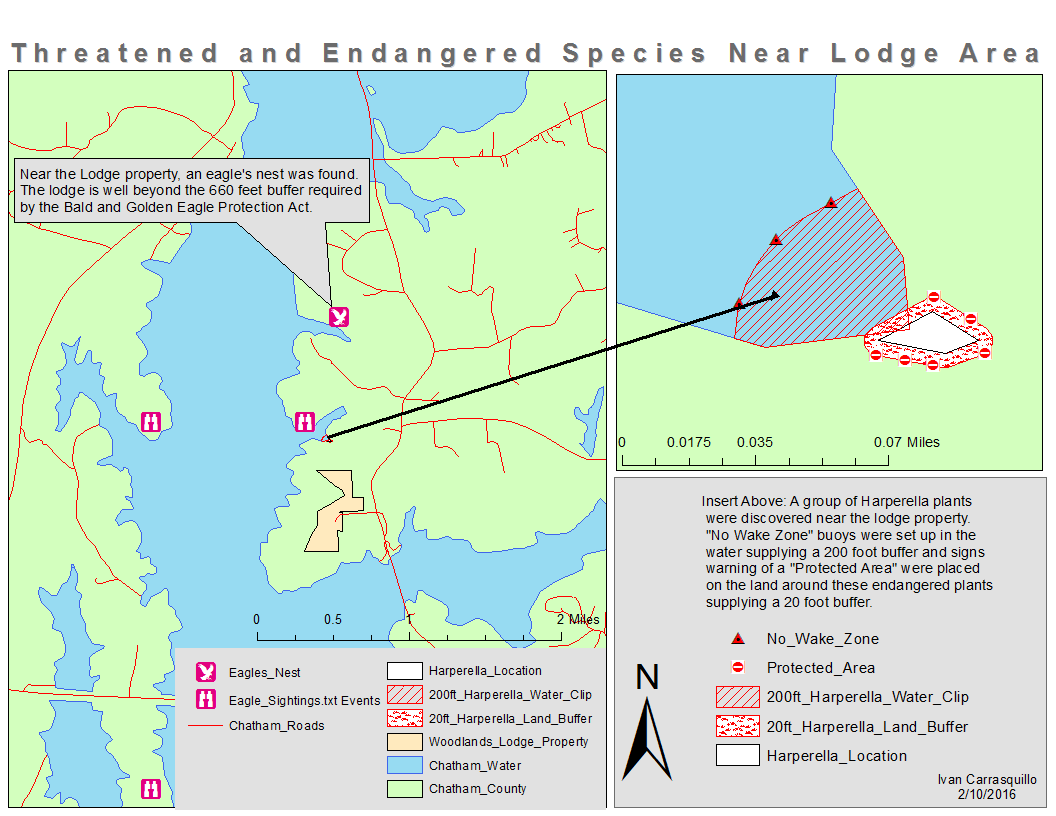
The 2017 – 2018 school year marks the Marine Biology Research Program’s (MBRP) seventh year of operation and fifth year as a New York State Education Department (NYSED) certified program. This year we’re up for NYSED re-certification and it would be fitting to highlight the achievements of just the last six months with some stats. At the close of our last semester 80% of our students obtained the Career and Technical Education endorsement on their high school diplomas; sixty-four college credits were awarded; seventeen paid internships with over 1200 hours were worked as science consultants with our partners at CIVITAS Citizens, NYU, and Earth Matter; two of our three Geographic Information Systems scholars were the first in New York State to be certified in Digital Quest’s SPACE program; and 100% of our marine research scholars passed the industry assessment: NOCTI’s Natural Resources Systems Management. Most of these achievements are school bests.

This year we were able to secure critical lab equipment that were in the plans for over five years. Among these were genetics gear to barcode the marine organisms of the Harbor, stereoscopes to study and identify these same organisms, updated laptops to run our GIS curriculum & complete our long-term research projects, and dedicated table tops to calibrate YSI meters.

Our Senior Project Managers, Nailea Rodriguez and Nicholas Ring (Class of ’18), together with our twenty-five Harbor SEALs Citizen Science after school program team members are near completing PHASE TWO of their work for CIVITAS Citizens. This year’s work has been the best on record in terms of planning, communication, operations, data management, and report writing. Our Junior project manager and Operations analyst, Lauren Salitan and Cyd Bloomfield (Class of ’19), have led near flawless sampling runs up the East/Harlem River. For more images of our sampling on the East/Harlem River click here.

Our professional Advisory Committee met on 6 December to meet our seniors and convene as our Scientific Review Board. Every year our partners come together to review new project proposals and research drafts. It can never be stressed quite enough how the PAC’s level of commitment to the MBRP has elevated the quality of the work we do. For more images and information on our 2017 PAC please click here.

This year we’d like to highlight two of our partners: Bronx Community College (BCC) and ConEdison. BCC and its Chemistry Department Chair, Dr. Neal Phillip, donated a professional grade weather station and ten high-volume printers to the New York Harbor School-BOP and have agreed to sign a five-year articulation agreement between our GIS labs. ConEdison, under the representation of Michael Kessler and Michael Porto, has renewed a grant to perform lab experiments on contaminants found in the Harbor and their effects on oyster larval development. On 15 December, ConEdison’s Andrew Simpson gave us an exclusive tour of their world-renowned education facility located in Long Island City. Thirteen of our scholars got the inside scoop behind ConEdison’s techniques to maintain the largest underground power grid on the planet. They also gave our scholars a perspective on careers offered, and priceless advice on adapting to the ever changing world of work, namely, “learning how to learn.” For more images of the tour click here.

Starting July of 2017, Liz Burmester joined the MBRP family as our very own BOP Professional. She comes to us with expert training in community ecology after having finished her doctoral work at Boston University. She’s passionate about science and education. Her doctoral thesis was on a temperate coral species and its recovery based on biological and environmental conditions. She has also taught at the New England Aquarium and mentored many undergraduates. Because of these experiences, she has enhanced the quality of our research at the MBRP. Specifically, she has personally met with all our scholars and reviewed their project proposals and drafts. She’s also brought a fresh perspective on the complex world of secondary education. We are grateful to have her as our newest team member.

Lastly, as is our tradition every year, on 22 November we celebrated our SEALs-giving meal together. It was exciting to see our alumni interacting with our youngest members and sharing their best experiences in the Program. My favorite stories dealt with the countless times we had to go out and sample in Manhattan’s sub-freezing winter weather or having to run to the ferry – to the school – to incubate bacteria, clean up, and get back on the last ferry in less than forty-five minutes! For more images of our celebration click here.
Thanks for all your support! The MBRPers and SEALs family would like to wish you a HARBOR NEW YEAR!

























